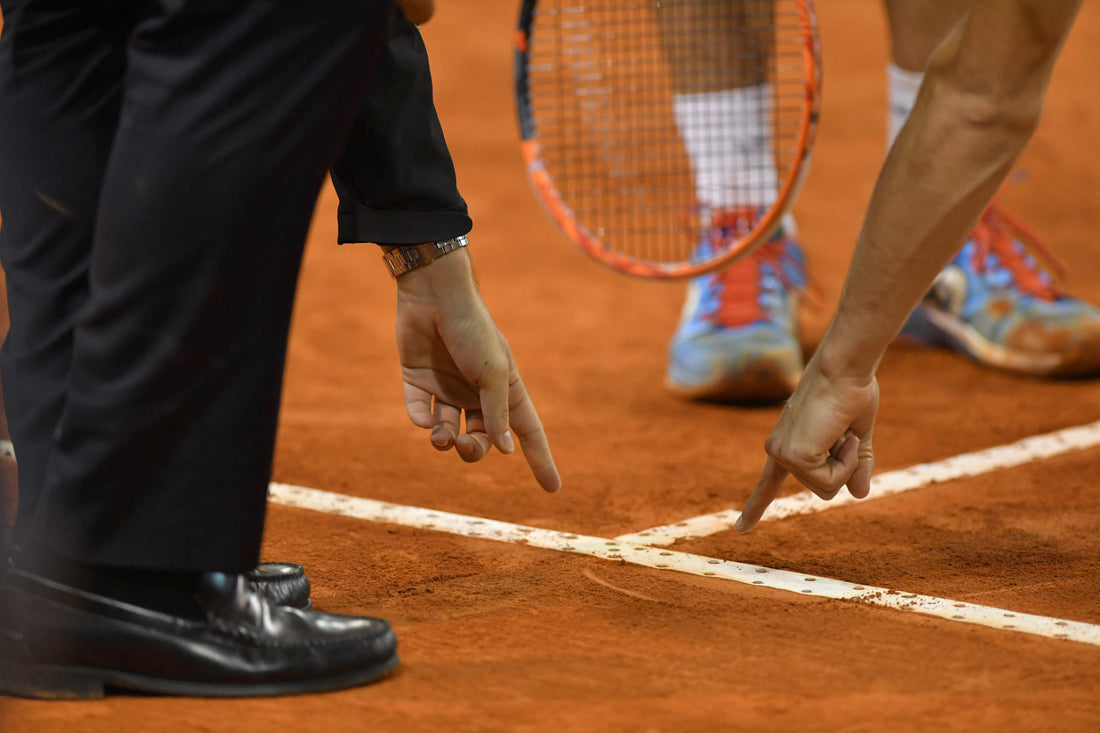Have you ever wondered what the challenge rules are when you’re watching a professional tennis match? While professional tennis matches have long utilized line judges and chair umpires, new technology has allowed players to challenge calls made by line judges by using cameras to replay points and overturn bad calls. In this article, we’ll delve into the challenge procedures to provide you with a comprehensive understanding of how these crucial moments unfold.
The Hawk-eye System
The replay system, known as “Hawk-eye,” employs a system of cameras to meticulously track the trajectory of a tennis ball on the court. These cameras capture a series of images, which are then processed by computers to construct a 3D representation of the ball’s path until it makes contact with the court. Interestingly, the same technology is also used in other sports, such as cricket, rugby, and volleyball. However, one notable exception to its adoption is clay court tournaments, such as the French Open. Since tennis balls leave marks on clay, chair umpires still rely on these marks if a player decides to challenge a call. The US Open, on the other hand, has implemented electronic line calling for all plays, reducing the need for line judges and changing the role of a chair umpire to managing the electronic system.

The Video Assistant Review (VAR) System
While not currently as prevalent as Hawk-eye, some tournaments, such as the ATP Cup, Next Gen Finals, and the US Open, have started utilizing a video assistant review system to help umpires make decisions when players challenge situations such as double bounces and balls hitting a player or the net. The umpire will receive a replay on a tablet, and the umpire can then confirm the original call, overturn it, or let the call stand if there isn’t enough evidence to overturn it.
The Limitations: Number of Challenges
In a match that incorporates replay technology, each player is granted three unsuccessful challenges per set, with an additional challenge if the set reaches a tie-breaker. If a player challenges a call and is successful, the player is not charged with a challenge. This means that, theoretically, a player could make an unlimited number of challenges as long as they are correct, but they can only make three unsuccessful challenges per set since they are charged with a challenge each time they are incorrect. Any unused challenges do not carry over into the next set.
In matches that utilize VAR, while line calls cannot be challenged since those tournaments also use Hawk-eye instead of line judges, players receive the same three unsuccessful challenges per set and an additional challenge if the set reaches a tie-breaker.
The Timing: When Challenges Can Be Made
Players can only make a challenge when play has stopped. Whether the point ended or the player intentionally stops play to challenge a call, challenges can only be made when play has paused. If the player waits too long to challenge, the chair umpire may deny the request for a challenge.

The Verdict: Results of a Challenge
If the play is reviewed electronically, the decision becomes final and cannot be challenged again. If the line judge originally called the shot “in,” but Hawk-eye reveals the shot was actually “out,” the point is awarded in favor of the receiving player. Conversely, if the line judge originally called the shot “out,” but Hawk-eye shows the shot was actually “in,” the point is replayed. In that scenario, if the chair umpire determines that the shot was unreturnable, they can award the point to the player who hit the ball.
Conclusion
Hawk-eye has changed the game of tennis since its inception in 2006. Even in the last few years, the game has evolved to rely more and more on technology to reduce human error. Challenges add to the excitement and drama of a match, and the next time you witness a thrilling tennis match, you’ll be armed with a deeper understanding of how challenges work.




